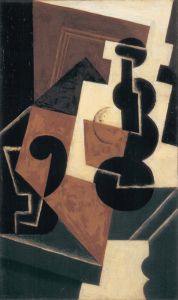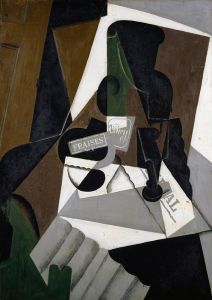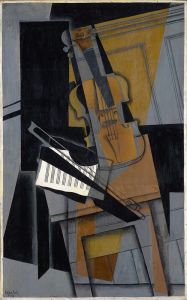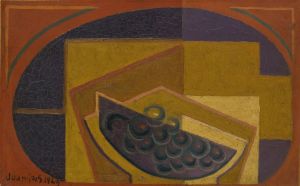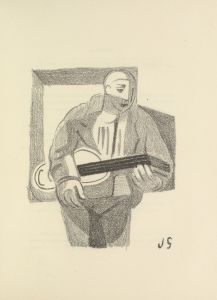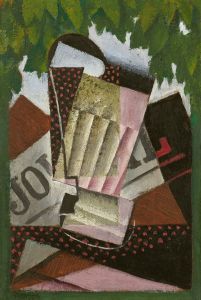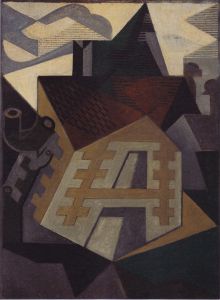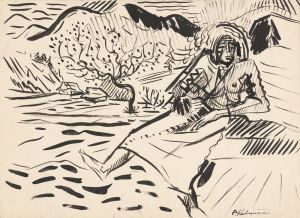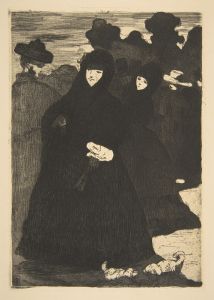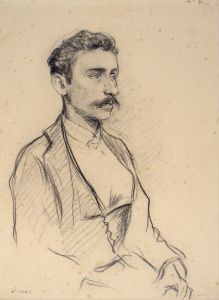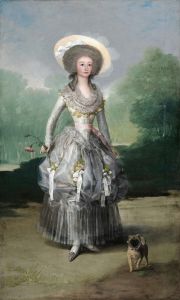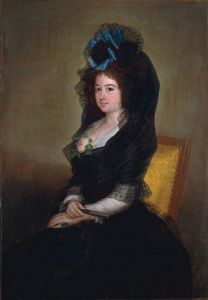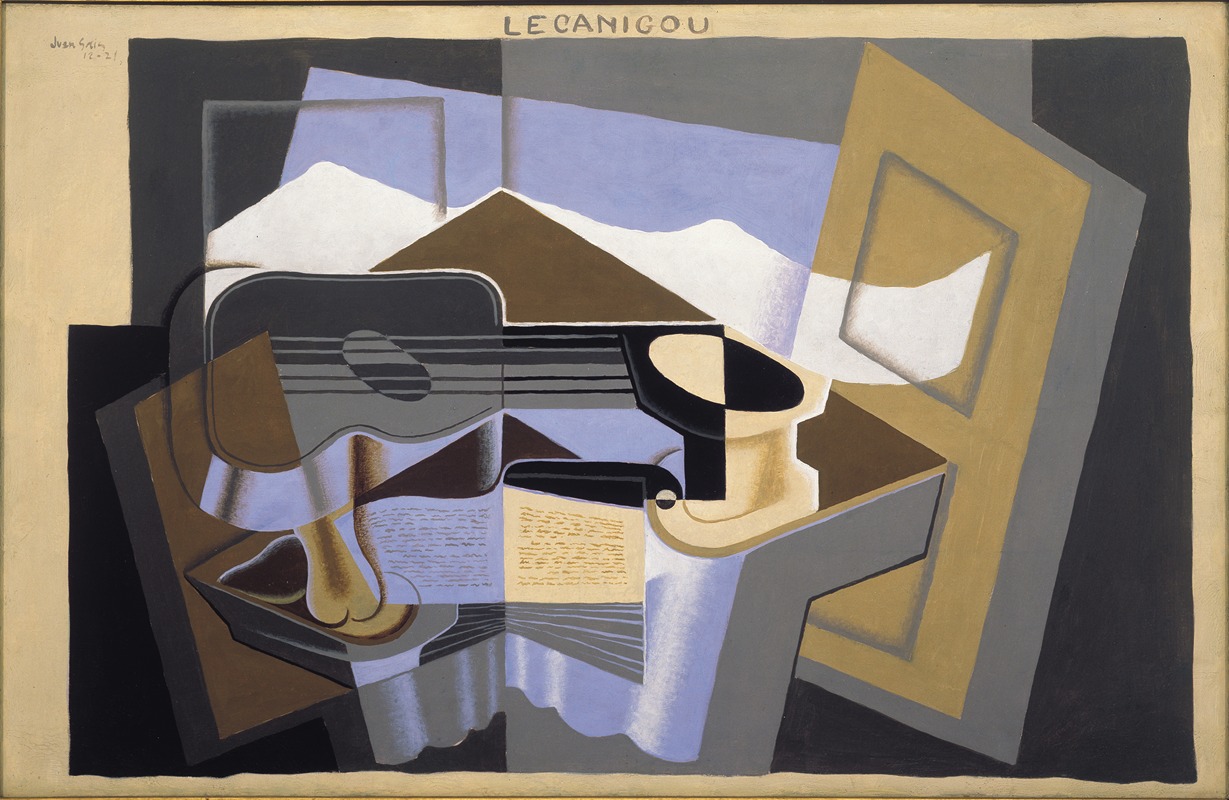
Le Canigou
A hand-painted replica of Juan Gris’s masterpiece Le Canigou, meticulously crafted by professional artists to capture the true essence of the original. Each piece is created with museum-quality canvas and rare mineral pigments, carefully painted by experienced artists with delicate brushstrokes and rich, layered colors to perfectly recreate the texture of the original artwork. Unlike machine-printed reproductions, this hand-painted version brings the painting to life, infused with the artist’s emotions and skill in every stroke. Whether for personal collection or home decoration, it instantly elevates the artistic atmosphere of any space.
Le Canigou is a painting by the Spanish artist Juan Gris, created in 1921. Gris, born José Victoriano González-Pérez in Madrid in 1887, was a prominent figure in the Cubist movement, which revolutionized European painting and sculpture in the early 20th century. Gris moved to Paris in 1906, where he became closely associated with other leading Cubist artists such as Pablo Picasso and Georges Braque.
Le Canigou is named after a mountain in the Pyrenees, located in the south of France near the border with Spain. The painting exemplifies Gris's mature Cubist style, characterized by the use of geometric shapes, fragmented forms, and a muted color palette. Unlike the early Cubism of Picasso and Braque, which often featured monochromatic tones, Gris's work is noted for its use of color and a more structured, almost architectural approach to composition.
In Le Canigou, Gris employs a combination of straight lines and curves to break down the landscape into a series of interlocking planes. The mountain itself is depicted through a series of overlapping geometric shapes, creating a sense of depth and volume. Gris's use of color in this painting is subtle yet effective, with shades of blue, green, and brown dominating the composition. This palette not only reflects the natural hues of the mountain landscape but also contributes to the overall harmony and balance of the piece.
Gris's approach to Cubism was analytical and systematic, often involving careful planning and a methodical construction of forms. This is evident in Le Canigou, where the composition is meticulously organized, and each element is carefully placed to create a cohesive whole. The painting demonstrates Gris's ability to transform a natural landscape into a complex, abstract composition while maintaining a sense of order and clarity.
Le Canigou is part of a series of works by Gris that explore the theme of landscapes through the lens of Cubism. These works often feature a similar approach to composition, with an emphasis on geometric abstraction and a restrained use of color. Gris's landscapes are less about capturing the literal appearance of a place and more about conveying its underlying structure and essence through the language of Cubism.
Juan Gris's contribution to the Cubist movement is significant, as he brought a unique perspective and a refined sense of order to the style. His work, including Le Canigou, continues to be celebrated for its innovative approach to form and composition. Today, Le Canigou is held in high regard as an example of Gris's mature style and his ability to merge the natural world with the abstract principles of Cubism.
The painting is housed in the Museo Nacional Centro de Arte Reina Sofía in Madrid, Spain, where it remains an important part of the museum's collection of modern art. Le Canigou stands as a testament to Juan Gris's artistic vision and his enduring influence on the development of modern art.





